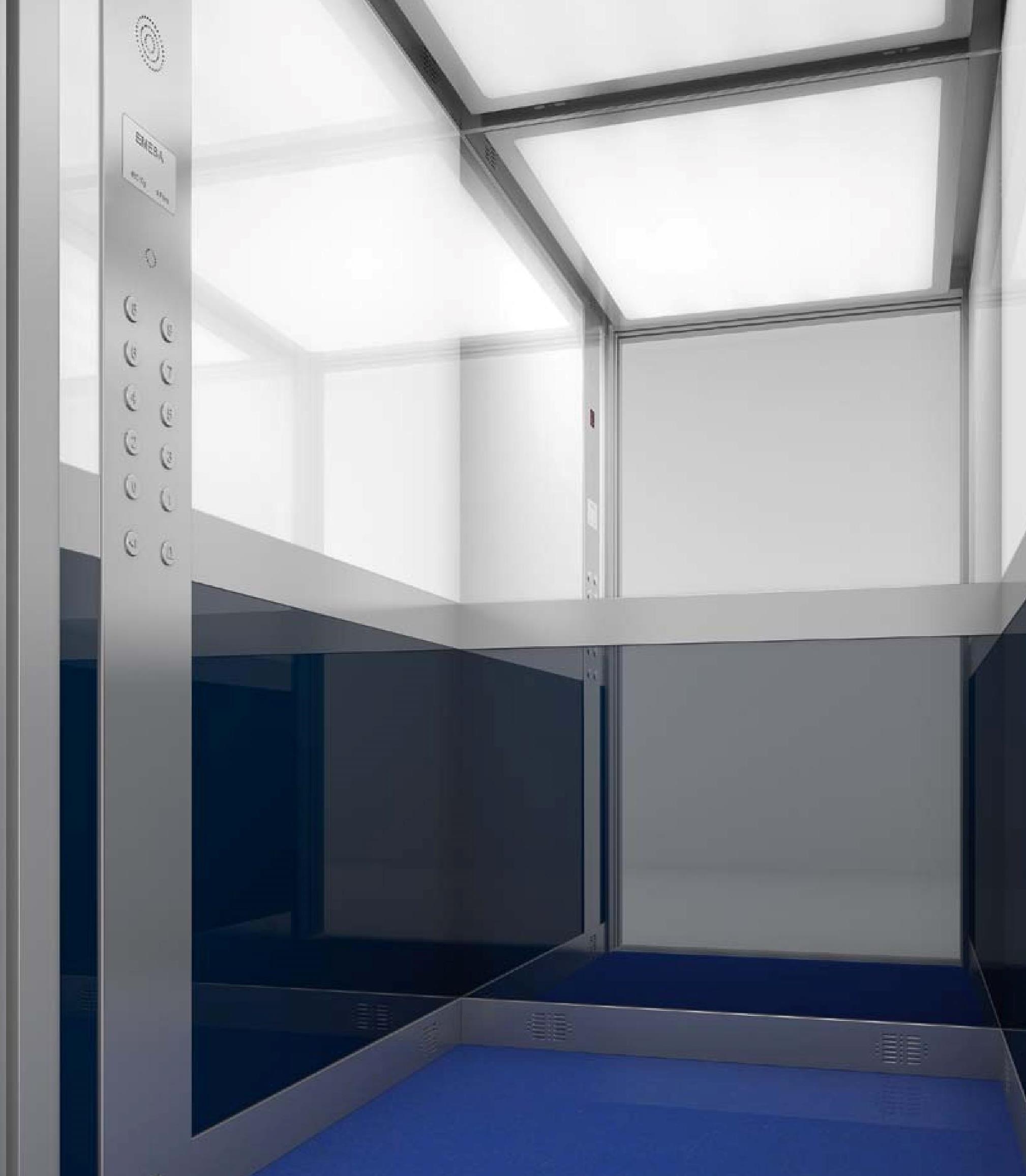Hospital lifts, also known as medical or healthcare lifts, play a critical role in facilitating efficient and safe vertical transportation within healthcare facilities. These lifts are designed with specific features to meet the unique needs of hospitals and medical centers. Here are key aspects related to hospital lift systems.

Design and functionality are carefully considered in hospital lift systems to support the unique requirements of patient care and the healthcare environment. When implementing or upgrading hospital lifts, collaboration with professionals in healthcare facility planning and elevator technology is essential to ensure compliance and optimal performance.
- Specially designed to accommodate stretchers and wheelchairs, allowing for the smooth and secure movement of patients between floors.
- Varied capacity options to handle different loads, including larger capacity lifts for moving medical equipment
- Advanced control systems that optimize elevator travel based on user destinations, improving efficiency.
- Use of materials that are easy to clean and sanitize to maintain a sterile environment.
- Swift response to calls, crucial for emergencies or urgent patient transfers.
- Intuitive controls for healthcare staff, ensuring ease of operation during critical situations.
- Doors designed for efficient and rapid opening and closing, allowing for quick access to the lift.
- Advanced monitoring systems to track and manage maintenance requirements, ensuring optimal performance.
- Noise reduction features to minimize disturbance, especially in sensitive healthcare environments.
